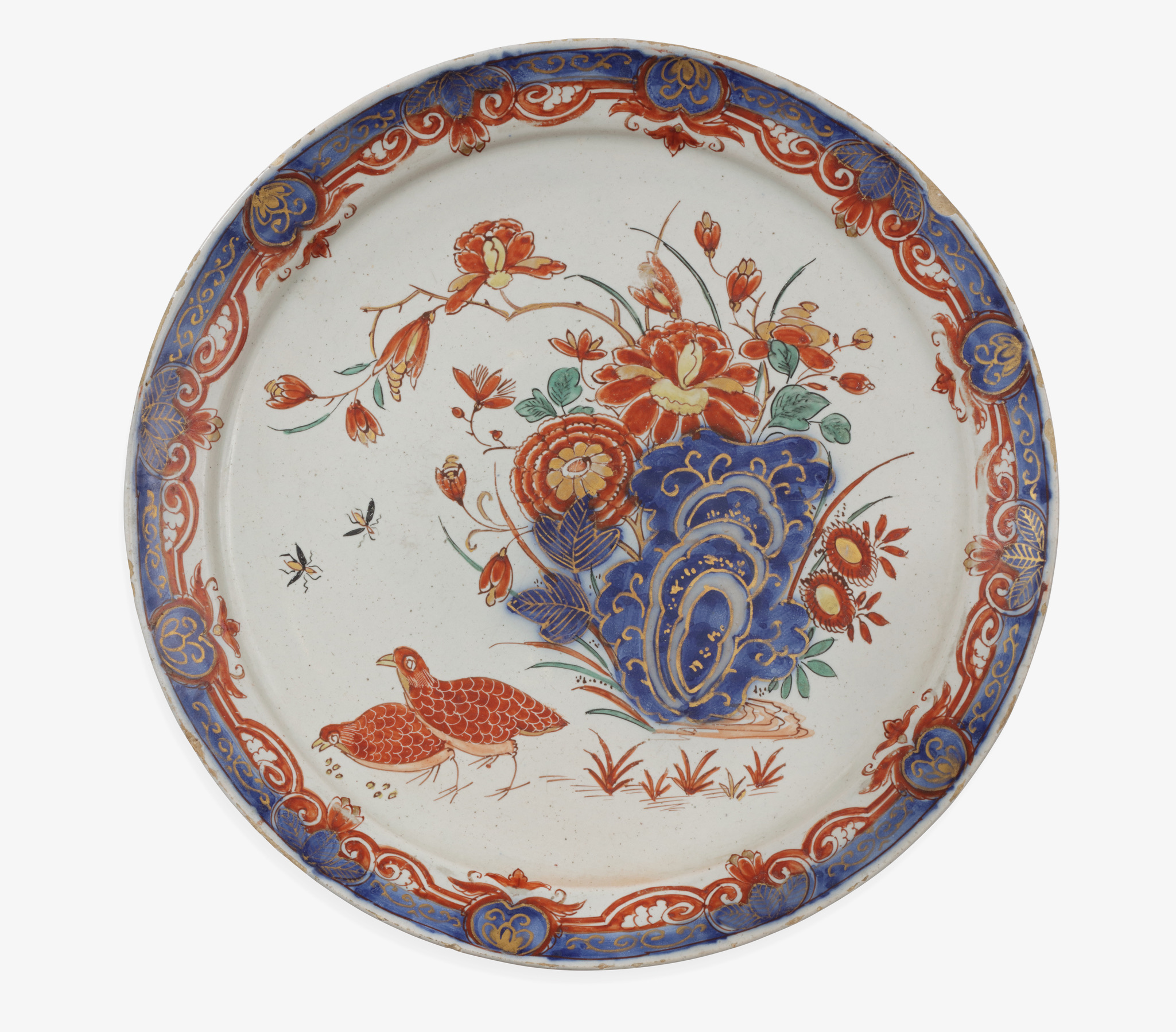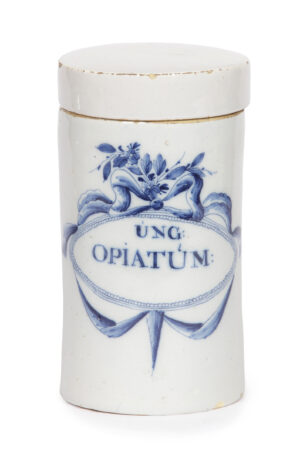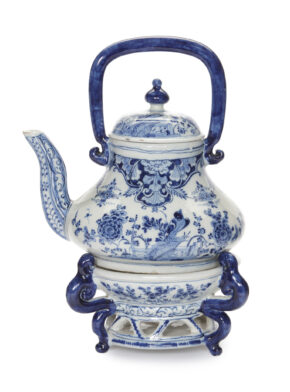![]()
Images on this website are licensed under a
Creative Commons Attribution-NoDerivs 3.0 Unported License.
OBJECT
D2323. Polychrome and Gilded Dish
Delft, circa 1725
Marked AR in iron-red for Adriaa[e]n van Rijsselberg[h], master gold painter at De Grieksche A (The Greek A) factory from 1713 to 1722, and probably working for himself and other factories through his death in 1735
Painted with two quail pecking at crumbs below two flitting insects near a stylized rock and a profusion of flowering plants within a border of floral scrolls and ruyi-heads.
DIMENSIONS
Diameter: 22.3 cm. (8.8 in.)
PROVENANCE
Mak van Waay, 17 September 1975, lot 298 (according to family archive);
Dutch Private Collection, Amsterdam and hence by family descent
PROVENANCE+
The complete provenance of this entry has been registered by notarial deed with independent and secure registration agency Provenance+ Amsterdam.
NOTE
Japanese Imari porcelain wares are known for their rich blue, red and gold decoration. At first, they were intended for the Dutch East India Company’s own use in Batavia or for trade in Asia and, lastly, for the home market. Based on its limited importation and high cost in comparison to Chinese porcelain, Japanese porcelain could only satisfy a small demand in the Netherlands. However, Imari porcelain was exceptionally popular in the Netherlands throughout the whole eighteenth century.
Delftware potters seized the opportunity to capture this sector of the market with wares inspired by the popular Japanese objects. The colorful Delftware objects were produced soon after the first pieces of Japanese Imari porcelain arrived in the Republic. The Imari porcelain was an inexhaustible source of inspiration for the Delft potters. The Imari-style palette briefly adorned all sorts of utensils that responded to the latest fashion in dining objects and interior decoration.
The “quail” pattern, inspired by Japanese Kakiemon decoration, symbolizes autumn, moonlight, and the grassy plains of Musashino. By the 1700s, it was widely used on Asian porcelain and imitated by Delft and later by Meissen and Chantilly. For more details, refer to “Porcelain for Palaces” by Ayers, Impey & Mallet, pp. 296-303.
SIMILAR EXAMPLES
An identical dish, however, broken in several pieces, is in the Sèvres Musée National de Céramique (inv. no. MNC 5822-3).









